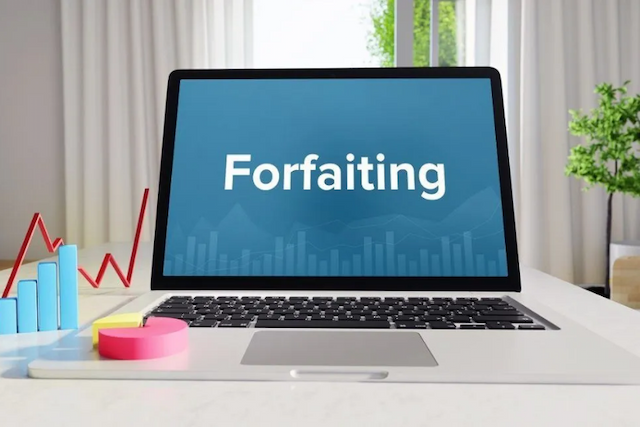n the landscape of business transactions, Trade Credit stands out as a significant arrangement. This article will take you into the world of Trade Credit, its advantages and disadvantages, and other aspects of it. From improved cash flow to other risks, get insights into how businesses can use this unique credit arrangement.
Key Takeaways
Trade credit boosts a business’ financial flexibility by allowing delayed payment.
The delayed payment boosts operational capabilities by improving cash flow.
Trade credit nurtures relationships and loyalty between buyers and sellers.
Late payments in trade credit can involve heavy interest costs, which can impact financial resources.
What Is Trade Credit?
Trade Credit is a B2B agreement where the customer can buy goods and services from the seller without paying in cash upfront. Both the parties then enter into an agreement where the buyer is reliable to pay at a scheduled date fixed mutually by both parties.
In this type of agreement, businesses allow customers to get goods on credit and give them 30, 60, and 90 days to pay. To keep a record of such agreements, invoices are used.
In other words, Trade Credit is like buying goods without having to pay extra money in terms of interest upfront. A company can get raw materials and delay payment until it’s in a position to pay.
For businesses with few financing options, trade credit is a valuable option.
Pay Attention: Trade Credit is usually easily accessible to entities with a good credit rating and history. A new business with no credit history might have to go with other financing options.
Please Note: Many might confuse Trade Credit and Vendor Financing. Trade Credit and Vendor Financing are similar ideas, involving credit between a buyer and a seller, also known as a vendor. But they’re a bit different.
Benefits of Trade Credit
Get to know about some of the major benefits of Trade Credit below.
1. It’s a Cost-Effective Financing Option
Trade credit is a very convenient way for businesses, especially small businesses, to fund their purchases without having to take on the burden of applying for traditional loans from banks. Instead, buyers can defer payment for a period of time without the extra burden of paying hefty interest.
2. Improved Cash Flow
In the trade credit arrangement, buyers can buy goods from the seller and delay the payment. This allows the buyer to utilize the funds in other major operations and growth strategies.
3. Increased Sales Volumes
Trade credit enables buyers to acquire more goods and produce more than they would have been able to due to cash constraints. It eventually leads to increased sales volumes and a revenue boost.
4. Enhanced Relationship & Customer Loyalty
When sellers allow customers to get things on a credit basis, the relationship between both parties improve. This gives rise to a long-term business between both the seller and the buyer.
Disadvantages of Trade Credit
Learn about some of the disadvantages of Trade Credit below.
1. High Costs for Late Payments
Buyers who delay paying the installment may have to pay heavy interest, which can erode the advantages one was drawing from trade credit. It can put a strain on the buyer’s financial resources.
2. Negative Credit Profile
Unable to pay on time can take a toll on a buyer’s credit profile. Also, such credit terms and behavior can hamper the business relationship.
3. Seller’s Bad Debt Risk
When the seller allows the buyer to “have goods and pay later” benefit, the seller enters the risk of bad debt if the buyer fails to pay for any unfortunate reasons.
Relation Between Trade Credit and Vendor Financing:
Trade credit plays a very important role in the landscape of vendor financing. Trade credit means suppliers let customers delay paying for things they bought. For example, you get products now and pay for them later. When vendors offer financing, they let you buy things without paying right away. It’s like getting products on credit, and you pay them back later. This strengthens the business to manage their cash flow better.
Managing Trade Credit in Accounting
Trade credit accounting means how a company manages the arrangement of buying and selling when it gives time to the other party for payment. This process can also become complicated with accrual accounting, where the transaction is recorded when it happens and not when the money is received.
When the company gives time to clear the payment in trade credit, it records the sale in its account books as “account receivables” without receiving the cash. But there could be some unfortunate times when the buyer might fail in settling the payment, or might end up getting a discount. In such a case, the seller will have to bear the loss by adjusting the book.
Now, for the buyer involved in trade credit, they get goods without paying upfront. So, it’s like a 0% loan. They show the cost when they pay and get the product, depending on their method of accounting.
Also Read: Inventory Financing: Definition, How It Works, Pros, and Cons
Is Trade Credit Expensive?
Trade credit is not expensive for the buyer because there’s no cost involved. It’s an interest free loan. But, this arrangement can turn costly if the borrower fails to make the payment by the agreed-upon date. In that case, the borrower will have to pay interest on the outstanding amount.
To Conclude
Trade credit is a great financial tool offering benefits like enhanced cash flow and increased sales while posing challenges like potential costs for late payments. Managing this arrangement can involve meticulous accounting and understanding the buyer’s perspective. Credlix introduces innovative solutions to simplify managing and leveraging credit arrangements.





